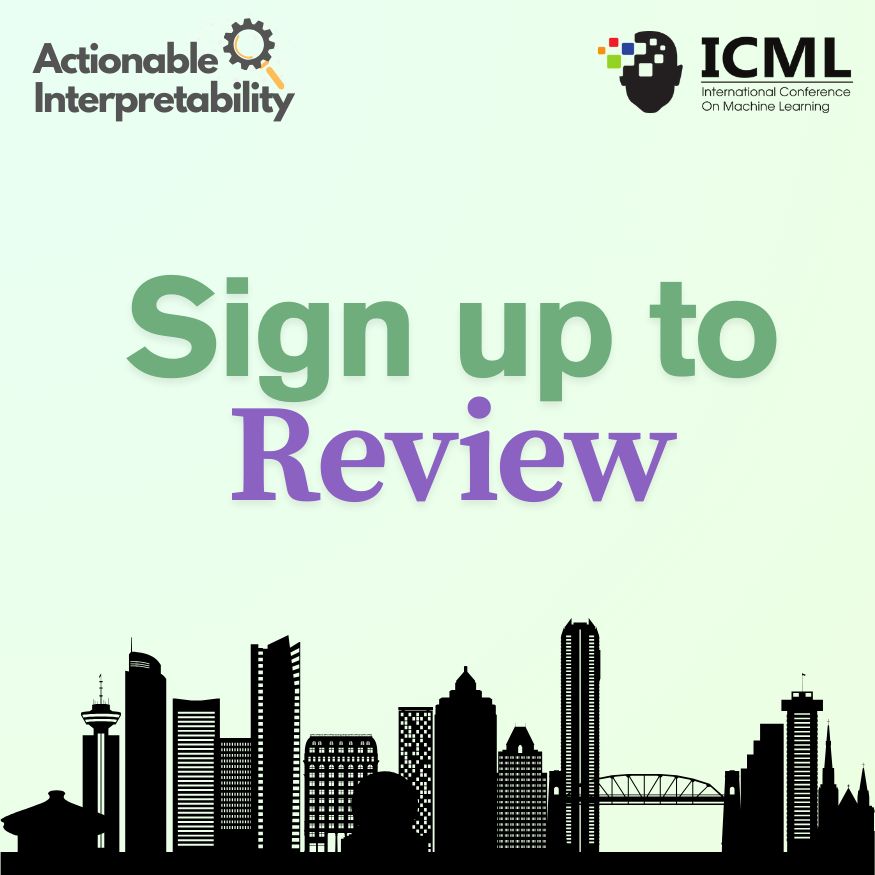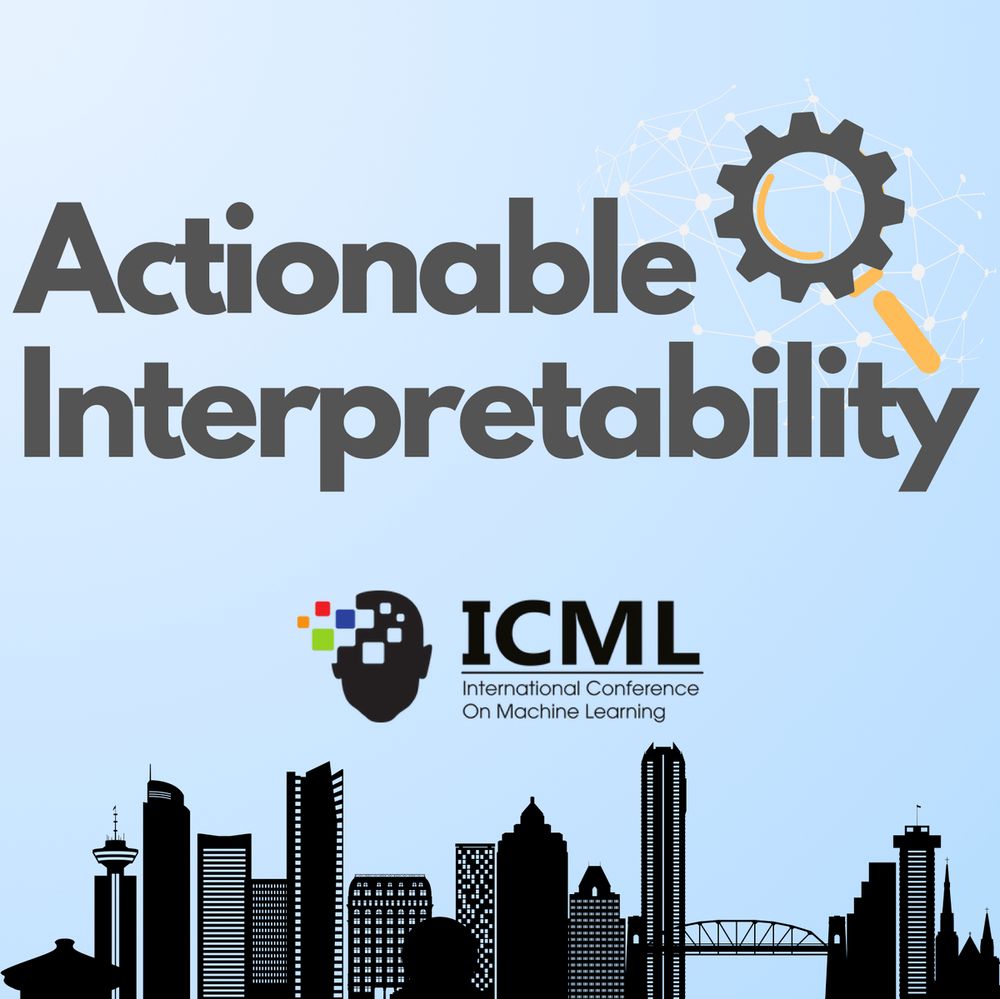Tal Haklay
@talhaklay.bsky.social
53 followers
330 following
28 posts
NLP | Interpretability | PhD student at the Technion
Posts
Media
Videos
Starter Packs
Pinned
Reposted by Tal Haklay
Reposted by Tal Haklay
Aaron Mueller
@amuuueller.bsky.social
· Apr 23
Tal Haklay
@talhaklay.bsky.social
· Apr 7
Tal Haklay
@talhaklay.bsky.social
· Apr 7
Tal Haklay
@talhaklay.bsky.social
· Apr 7
Tal Haklay
@talhaklay.bsky.social
· Apr 7
Tal Haklay
@talhaklay.bsky.social
· Apr 7
Tal Haklay
@talhaklay.bsky.social
· Apr 7
Tal Haklay
@talhaklay.bsky.social
· Mar 6
Tal Haklay
@talhaklay.bsky.social
· Mar 6













